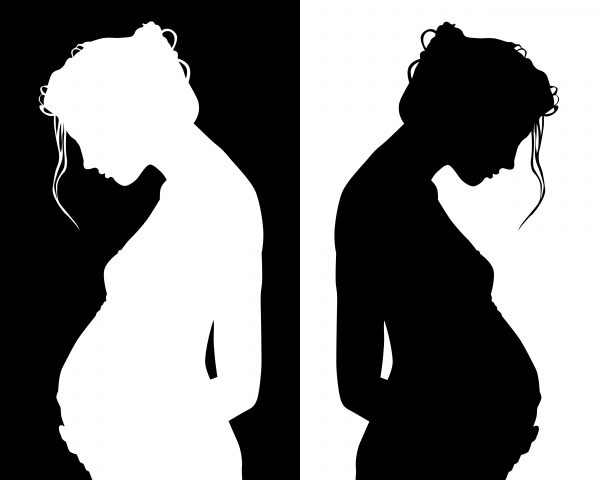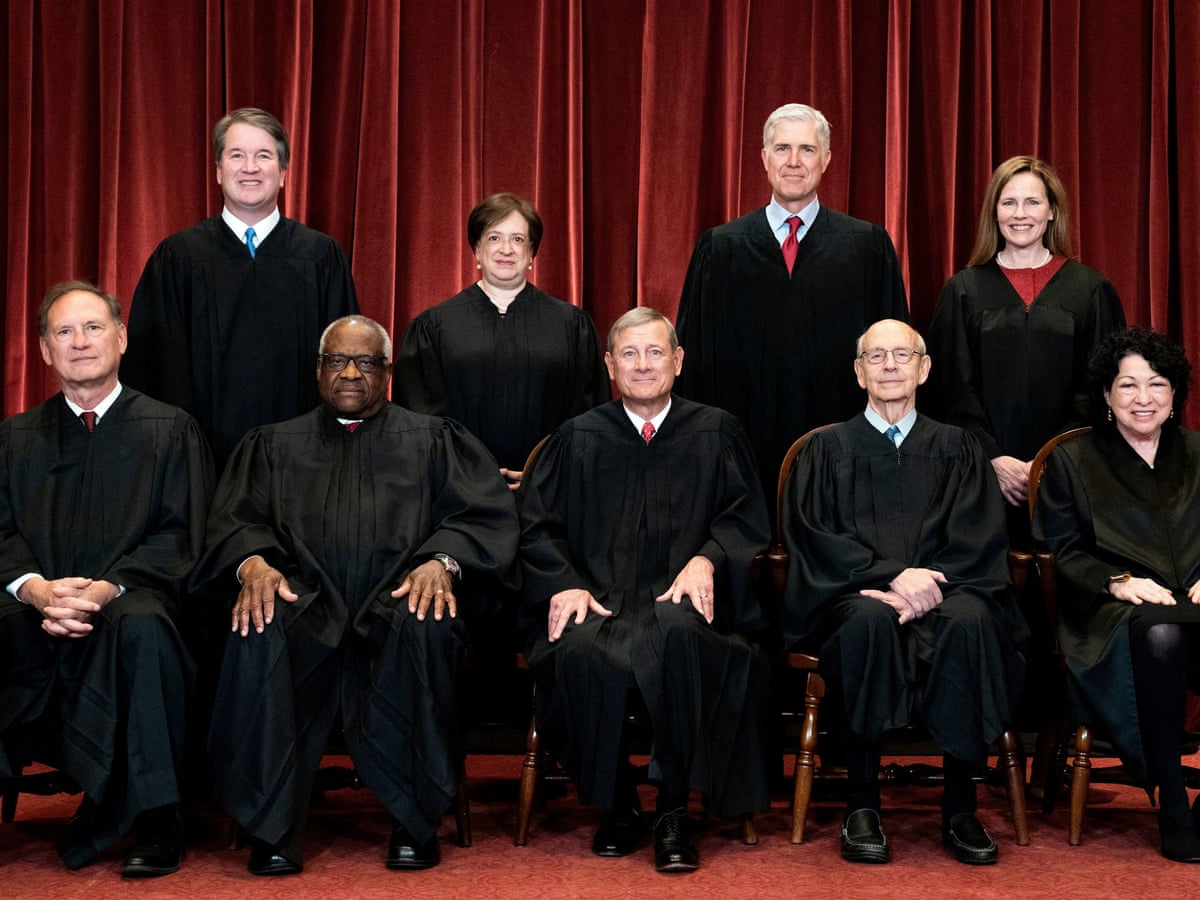
If we remember, a few months ago US Supreme Court overturned the landmark Roe v Wade judgement after which ‘Abortion’ no longer remained a fundamental right in the US. Not only the decision was severely criticised across teh country and teh world. Now, just teh last month, in a landmark decision in India, the Supreme Court gave permission to an unmarried pregnant woman to carry out an abortion. Now, this has brought an interesting opportunity to compare the Abortion Laws in both India and the USA.
The Timeline and Meaning of the MTP Act
In 1971, the Medical Termination of Pregnancy (MTP) Act was brought in to regularise the whole process. It allowed the termination of pregnancy in two stages. For pregnancies under 12 weeks, it can be terminated with the consent of one doctor, however, in the case of a 12-20 week pregnancy, the consent of two doctors is required. Also, notably under Section 312 of IPC, deliberate miscarriage is a crime even if done with the pregnant women’s consent.
However, abortion will be allowed if it is found that there is a “substantial risk” to the life of the woman or the child or even to the physical or mental health of the woman. Under section 3 (B) of the MTP Act, under the 20-24 week bracket, termination is allowed for rape survivors, minors, and in case of change of marital status (Divorced or Widowed), mental retardation, physical disability, foetal malformation, pregnant in an emergency situation like a pandemic.
In 2021, an amendment increased the two brackets of ‘under 12 weeks’ and ’12-20 weeks’ to ‘up to 20 weeks’ and ’20-24 weeks’ respectively. On the basis of the very same amendment, the apex court said that all women whether married or unmarried have the right to carry out an abortion. The court also termed the very distinction between married and unmarried women as “artificial” and called “reproductive autonomy” a women’s right.
A Look at the Supreme Court Case
In this case, a 25-year-old woman went to Supreme Court seeking permission to end her 23 weeks and 3-days of pregnancy. She said she was in a consensual relationship with a man, but the two no longer are in a relationship and he won’t support her child, so she would like to terminate her pregnancy. The Court observed that she has the right to do that as per the MTP Act.
The Court further highlighted two points. Since unwanted pregnancies affect the mental health of women, which will anyway adversely affect the health of the child even if she continues with her pregnancy. Secondly, the court highlighted a Global health study by the British Medical Journal which stated that 67% of pregnancies are carried out in an ‘unsafe’ manner. So, to avoid such unsafe abortions, it is better to provide a safe and legal framework. Also, the court said that the identity of minor women can’t be revealed here too, just like it happens in the case of the POCSO Act.

Numbers reveal how BLATANT the issue of Marital Rape is (Photo credit: India Today)
The ‘Marital Rape’ Angle
One extremely remarkable point highlighted by the Court was that “Married women can also be victims of sexual assault because of ‘non-consensual’ sex from the husband”. Now, what makes this statement by the court so important is that any court has not fully criminalised Marital Rape. So, this decision in a way ‘recognises’ Marital Rape’. It is a great development in the very right direction of women’s empowerment and hopefully, we may see Marital Rape getting criminalised in India as well.

The day SCOTUS gave the landmark Roe v Wade judgement (Photo credit: Boston Herald)
The ROE versus WADE judgement
Till 1973, the power of allowing Abortion rested with the states. So, the states with conservative governments banned it, while the states with progressive governments allowed it. In 1973, a woman using the name Jane ROE (to protect her identity) was pregnant with her third child and wanted to end her abortion. But, the state of Texas, where she lived didn’t give that right to women. Hence, she approached the US Supreme Court against the Texas district attorney Henry WADE.
The Supreme Court gave a 7:2 ruling in favour of granting women the right to terminate their pregnancy. But, the court also created a trimester system (three months each). In the first trimester, the woman had full rights to end her abortion as per her wish and need. Some rights existed with the state to protect the life of the woman in the second trimester and to protect the life of teh foetus in the third trimester. Basically, the woman had the right to terminate her pregnancy until the foetus is viable (roughly 24 weeks).
Since then, the matter has been under a lot of debate. While the progressive group have always welcomed it and called it a landmark decision. The conservative group has always called for the overturning of the decision. Interestingly, a US-based survey found that 59% of people didn’t want Roe v Wade to be overturned. However, another survey found that 7 out of 10 people want ‘some’ restrictions on abortion.
Now, with this judgement, the Supreme Court judgement again pushed the country from the ‘Mission Impossible era’ to the ‘Godfather era’. An example of how conservative one can be was witnessed, when within 24 hours of teh SC judgment, teh state of Missouri (under a conservative government) banned abortion completely in the state.

The SCOTUS judgement sparked countrywide protests (Photo credit: The Economic Times)
The Political Angle of the verdict
In the US, the judges are directly appointed by the President, unlike the collegium system in India. There are nine judges in the SCOTUS and all nine give their vote in EVERY decision that is heard in the Supreme Court. So, what happened is that under his tenure Donald Trump appointed judges of extremely regressive and conservative mindsets. Among the nine serving judges, six have been appointed under his tenure while three are of liberal and moderate mindset appointed under Democratic rule. After knowing this fact, the ‘6-3’ verdict that overturned teh landmark decision makes much more sense.
The Electoral Significance of ‘Abortion’
The decision was severely criticised by various organisations, personalities and even by world leaders. Even, US President Joe Biden called the decision a “tragic error” and a result of the “extreme ideology”. He also said that he will try to do whatever was possible under his powers. He called out to the people saying that they have the power to take the action. What he was actually referring to was the fact the US Congress can bring legislation granting women the right to abortion, but that can only happen if the legislation can get passed through both the Congress (Lower House) as well as the US Senate (Upper House).
Even though the Democratic Party will get the legislation passed in the lower house, they won’t able to do so in the Upper House as Republicans hold the majority there. The upcoming mid-term polls will again decide the fate of the majority holder in the US. And, as per the reports so far, Republicans are far ahead of the Democrats. Although Biden and the Democrats will be trying to make ‘Abortion’ as strong an election topic as possible, it is just not going to be easy for them.

The crucial upcoming mid-term elections in the US (Photo credit: BBC)
Major Repercussions of the judgement
Now several repercussions of the decision have been highlighted by many people. First of all, banning abortions doesn’t solve teh problem in any way. An abortion that could have happened in a legal way, will now be carried out in an illegal way now. The abortions will be carried out in either a ‘clandestine’ way or through abortion pills. It will not just boost the illegal abortion business, but also put the lives of several women and infants in danger.
Also, now the women belonging to the states where abortion is banned will have to travel to states where it is allowed, to carry out an abortion. Clearly, this is not something that everyone will be able to afford. The most stringent pressure of this will be borne by the poor, underprivileged sections and people from ethnic minorities. Not only will it be much more difficult to afford illegal abortions, but pregnant women might be compelled to bear the child. It’s a no-brainer what future such a child will have, keeping in mind the poor and backward family background.

The nine judges who overturned ROE v WADE (Photo credit: The Guardian)
What the Future Holds
Now, on one hand, we saw how a progressive decision came from the Supreme Court of India, allowing all women whether married or unmarried woman, while on the other hand the US Supreme Court just took the country back into the 1980s. Now, it in no way indicates India is more progressive than the US. But, in this particular case, interestingly, India has turned out more progressive than the mighty US. India still has MANY areas to work on including the subject of Marital Rape. We just saw a ray of hope in this direction, but there is a ladder to climb. Anyways, my heart still goes out to those deprived of their due rights and I hope the women in the US get their due rights to Abortion by whatever means possible.

